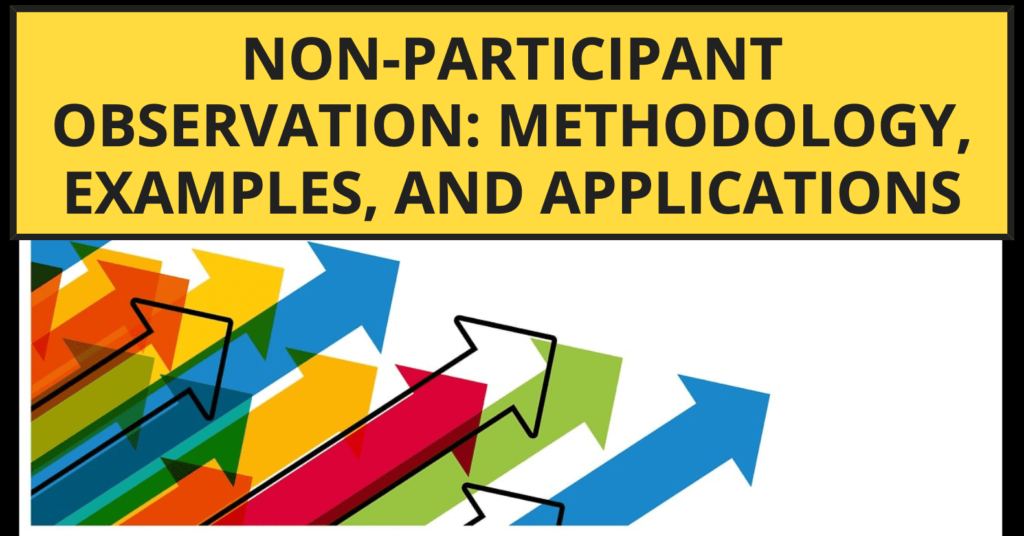PROJECT MART - College Project Service
For help with an academic project, text right now.
Non-participant observation is a research method where the observer does not actively participate in the activities being observed. Instead, they observe the subjects in their natural environment, without directly interacting with them. This method allows researchers to study behavior, interactions, and phenomena without influencing or biasing the observed outcomes.
Example of Non-Participant Observation
Imagine a researcher studying children’s behavior on a playground. Instead of engaging with the children directly, the researcher sits on a bench nearby and observes their interactions, play patterns, and social dynamics without interfering. By maintaining a passive role, the researcher can gain insights into the natural behavior of the children without altering the context of the observation.
Types of Non-Participant Observation
Structured Observation: In structured observation, researchers develop a predefined set of criteria or categories to guide their observations. This approach helps ensure consistency and allows for systematic data collection and analysis.
Unstructured Observation: Unstructured observation involves observing subjects without predetermined categories or criteria. Researchers adopt a more open-ended approach, allowing them to capture unexpected behaviors or phenomena that may emerge during the observation.
Covert Observation: Covert observation occurs when the subjects are unaware that they are being observed. This method helps minimize observer bias and social desirability effects, as subjects behave naturally without the knowledge of being observed.
Overt Observation: In overt observation, subjects are aware that they are being observed. This approach may be suitable for studying behaviors or interactions where the presence of the observer does not significantly alter the subjects’ behavior.
Non-Participant Observation Project Ideas
Public Spaces Study: Conduct non-participant observation in public spaces such as parks, cafes, or shopping malls to study social interactions, crowd behaviors, and urban dynamics.
Classroom Observation: Observe classroom settings to study teaching methods, student engagement, and classroom dynamics without directly interacting with students or teachers.
Workplace Observation: Study workplace environments to understand organizational culture, communication patterns, and employee interactions, providing insights for organizational development or management strategies.
Animal Behavior Research: Conduct non-participant observation of animals in their natural habitats to study mating rituals, feeding behaviors, or social hierarchies without disturbing their natural activities.
In conclusion, non-participant observation is a valuable research method for studying behavior, interactions, and phenomena in natural settings. By adopting a passive role, researchers can gain unbiased insights into various aspects of human and animal behavior, informing theories, policies, and practical interventions.







